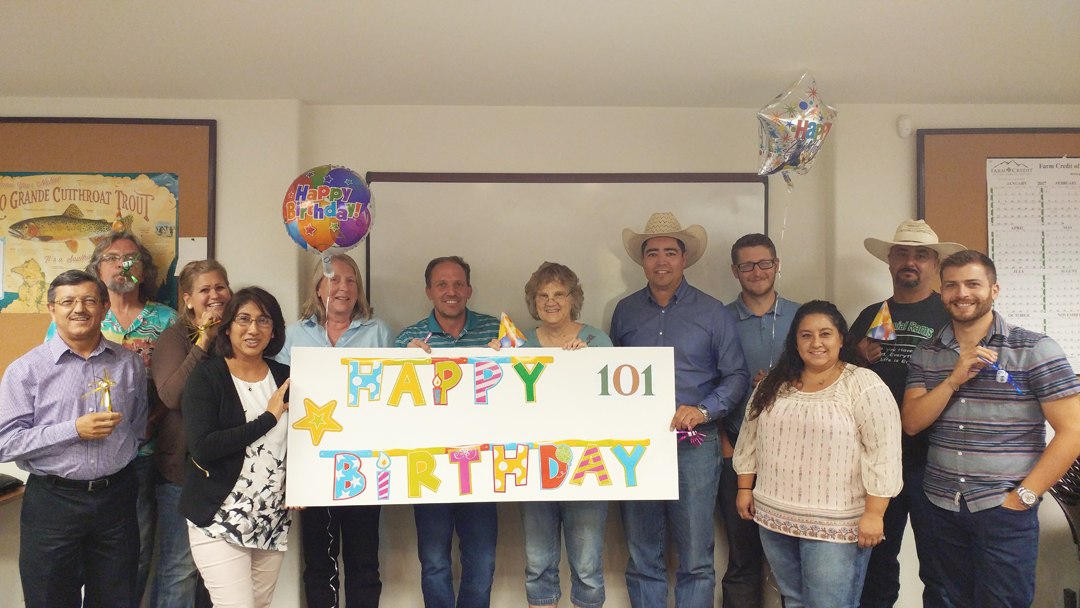Sangre de Cristo National Heritage Area celebrates the 101st birthday of the National Park Service

VALLEY — On August 25th the National Park Service (NPS) celebrated its 101st birthday. To commemorate the event the Park Service offered free entry to all National Parks including the Great Sand Dunes National Park and Preserve.
President Ronald Reagan signed into law the first National Heritage Area in 1984. He stated that National Heritage Areas are a “new kind of national park.” The Sangre de Cristo National Heritage Area (SdCNHA) was designated by congress in 2009. Since then the SdCNHA has worked diligently to preserve, promote, and protect the cultural, historical, and environmental assets that exist in its three counties of Alamosa, Conejos, and Costilla.
The National Park Service provides technical and planning assistance, as well as limited financial support to the SdCNHA. Kathy Faz, at the Great Sand Dunes National Park and Preserve, serves as a NPS liaison to the SdCNHA. The SdCNHA is not a National Park Service Unit, nor are any heritage area lands managed by the NPS. Their involvement is advisory in nature.
A heritage area is both a place and a concept. Physically, heritage areas are regions with concentrations of significant natural, scenic, cultural, historic and recreational resources. Most of the properties in a heritage area are in private ownership and will remain in private ownership. Heritage areas are places known for their unique culture and identity, as well as for being good places to live and visit.
The four heritage themes of the SdCNHA capture the essence of the San Luis Valley and reflect events and movements that have been important to the history of the United States.
1. A High Desert Valley’s Wind, Water and Sand Dance: Located in the heart of the San Luis Valley, the Sangre de Cristo National Heritage Area (SdCNHA) showcases the delicate interplay of wind, water and sand that have shaped the Valley’s unique landforms and contributed to its biological diversity.
2. Land of the Blue Sky People: Prehistoric occupation in the San Luis Valley began at the end of the last Ice Age over 11,000 years ago.
3. Interwoven Peoples and Traditions: The SdCNHA is steeped in history – a history of settlement, survival and persistence and claims some notable “firsts”.
4. Hispano Culture, Folklore, Religion and Language: A cradle of Colorado history, the SdCNHA lies at the intersection of the Hispano Southwest and is home to the oldest Hispano and railroad communities and the Anglo Rocky Mountain West.
Designation as a National Heritage Area provides many benefits to the local communities. For example, the SdCNHA is grounded in the community’s pride about the local culture and history. In 2016 the SdCNHA provided five heritage grants that benefited local conservation and cultural preservation, totaling $69,419 in funding for local efforts. The SdCNHA’s annual deadline to apply for a grant is June 1st.
For more information about the local efforts of the Sangre de Cristo National Heritage Area, or to find out how to get involved in local efforts visit the website at sdcnha.org or call 719-580-4070.



